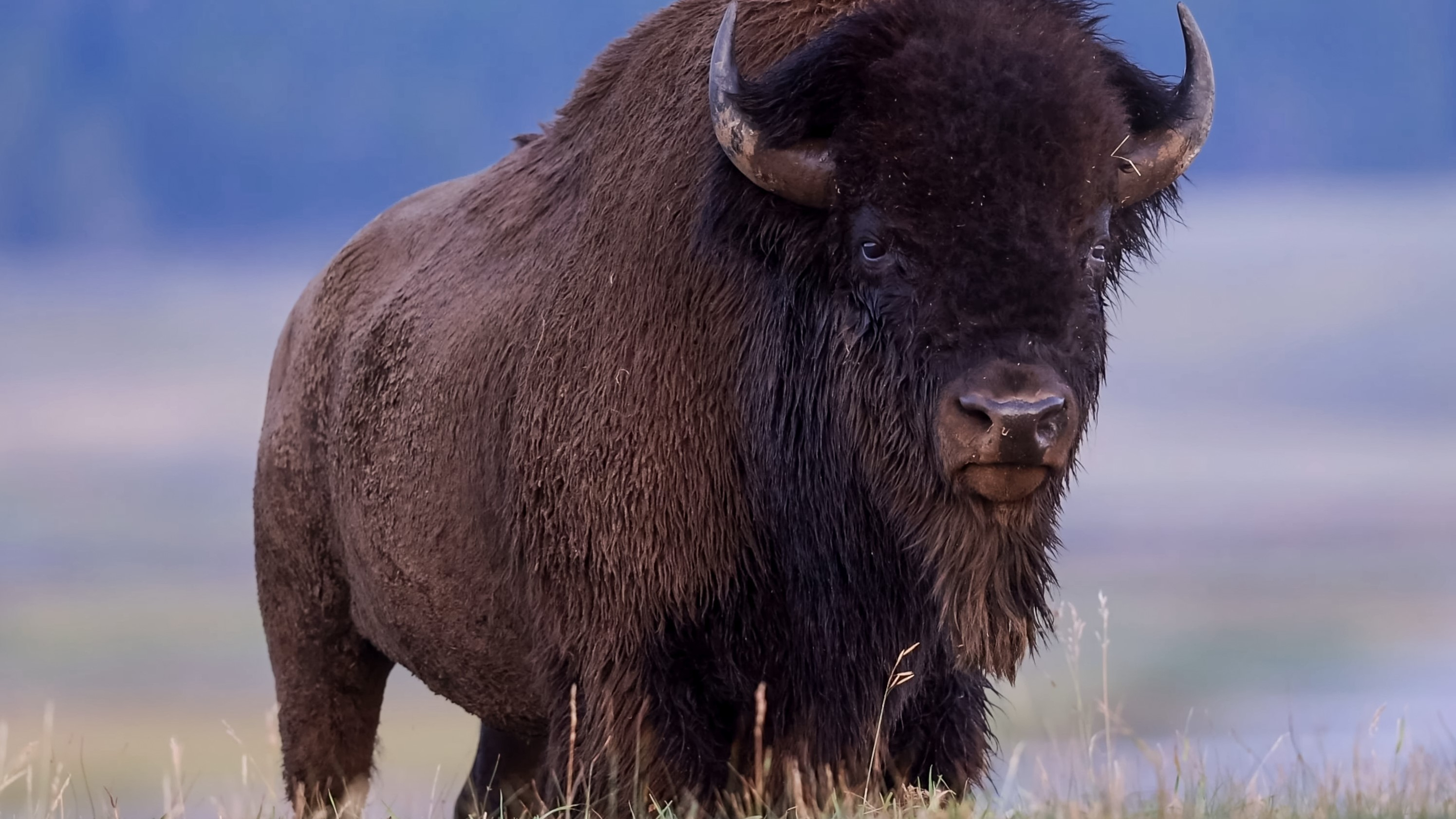
The network of boardwalks and trails at Yellowstone National Park makes it easy to get around, so it's no surprise that the local wildlife often use them to move from A to B, but it's still important to give the animals sufficient space. Unfortunately several visitors have been recorded recently following the animals along the paths, and approaching them for photos.
Several incidents were caught on camera by The Traveling Munkees, who compiled them into a single video. Although many people in the clip (which you can watch below) took a sensible approach, warning others of an approaching bison and doubling back to give it room, others can be seen tailing the animal and even trying to pose with it. Many hikers have young children with them, and things could easily have gone sideways if the animal felt threatened or crowded.
Getting close to bison is particularly dangerous at this time of year, as the animals are in the middle of the rut. Before it climbs onto the boardwalk, one animal can be seen wallowing and curling its upper lip back in a flehmen response, suggesting he is looking for a mate.
At this time of year, males are particularly unpredictable and more prone to aggression than normal. Two tourists have been gored by bison at US National Parks in recent weeks, both of whom suffered serious abdominal injuries, and according to the National Park Service (NPS), bison injure more people at Yellowstone than any other animal.
Avoid bison-related injuries
"Bison do not pose a threat to people unless you get too close," explains the NPS. "Many bison-related injuries in Yellowstone result from people approaching them to take a picture. Use a camera with a telephoto lens to take photos from more than 25 yards away."
Always keep an eye out for changes in the animal's behavior that suggest it might be unsettled by your presence. Stopping what it's doing and turning to face you, swinging its head back and forth while staring at you, pawing the ground or hooking the ground with its horns, and making short bluff charges are all signs that you're still too close for comfort.
"Always have an escape plan by identifying nearby protective cover like trees and cars," advises the NPS. "If there’s no cover, turn around or wait for the bison to leave the area. Bison don’t like dogs, so keep dogs leashed when bison are in the area (leashes are required in Yellowstone). Finally, bear spray can be effective at deterring an aggressive bison."
For more advice, see our guides how to avoid being gored by a bison and wildlife safety: eight tips for unexpected encounters.
- Best binoculars: enjoy watching bison and other animals from a safe distance







